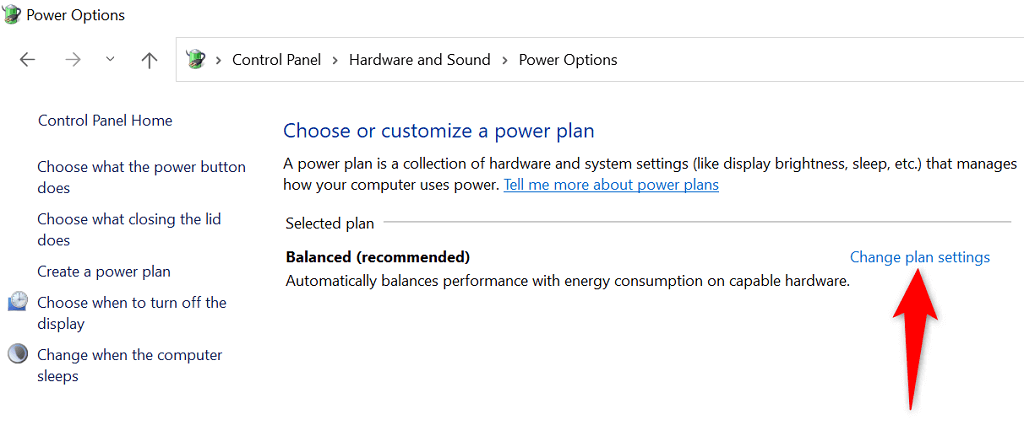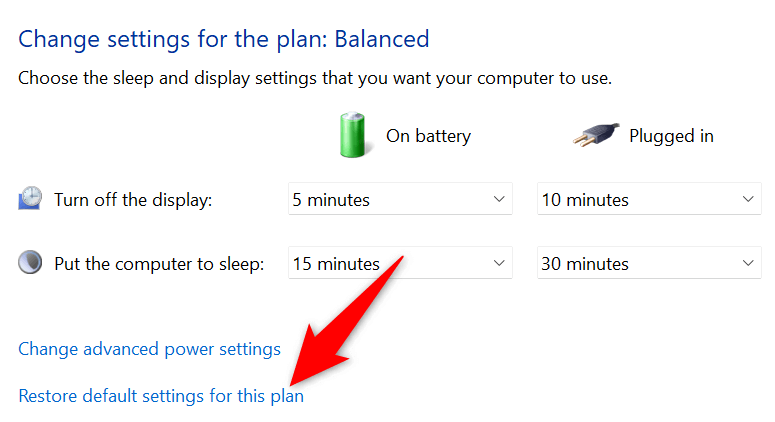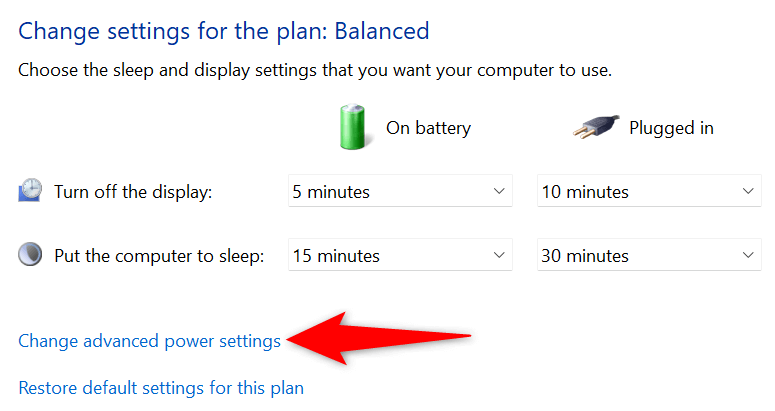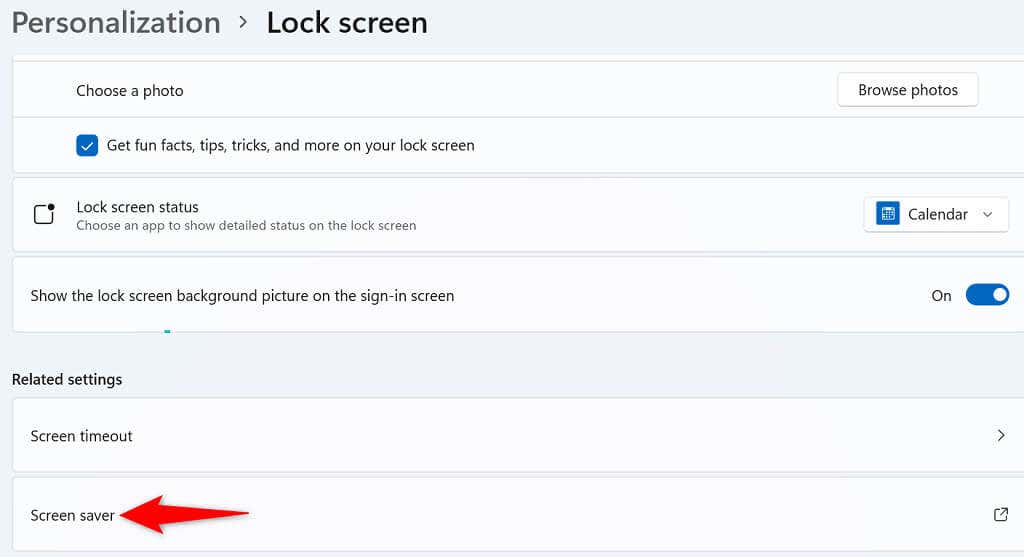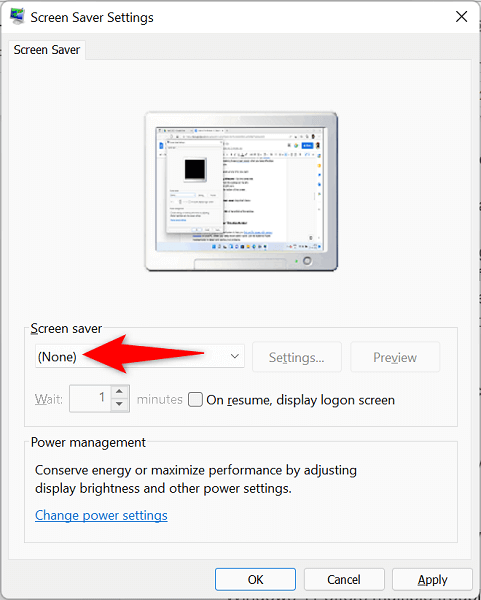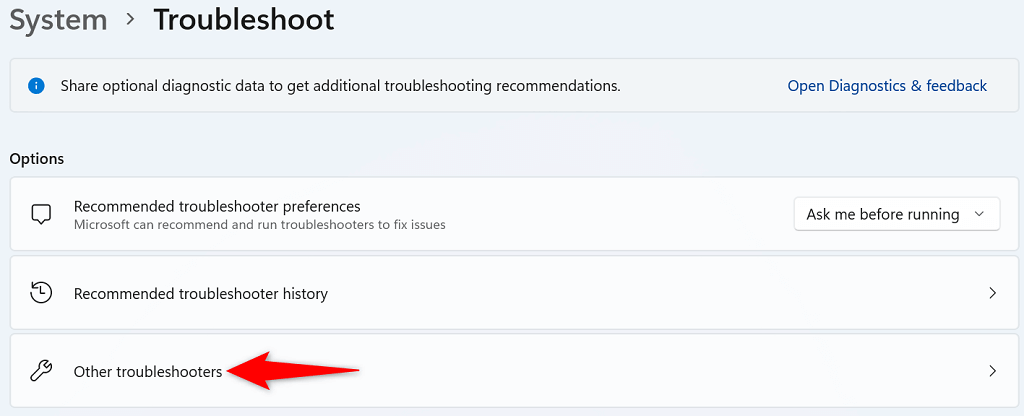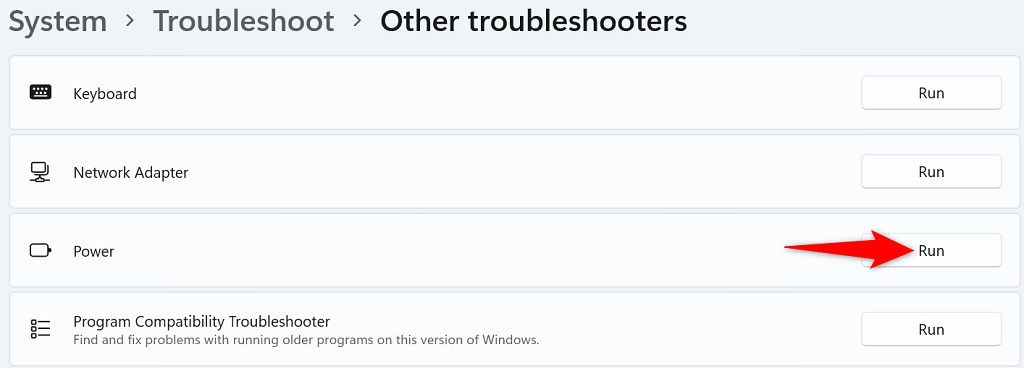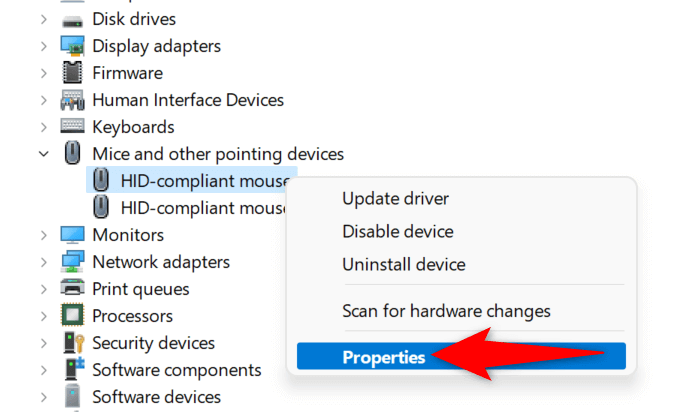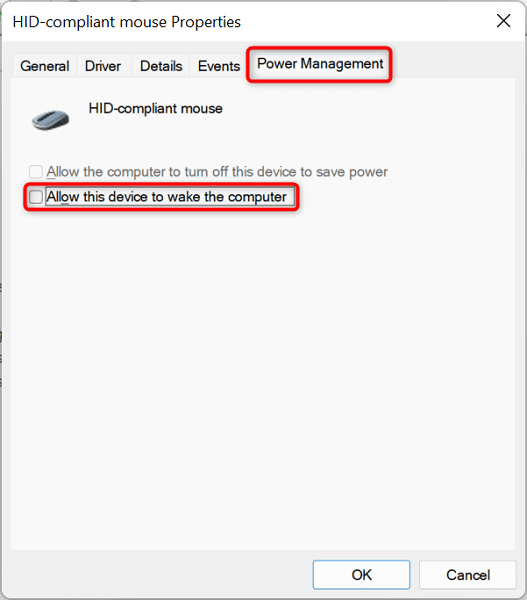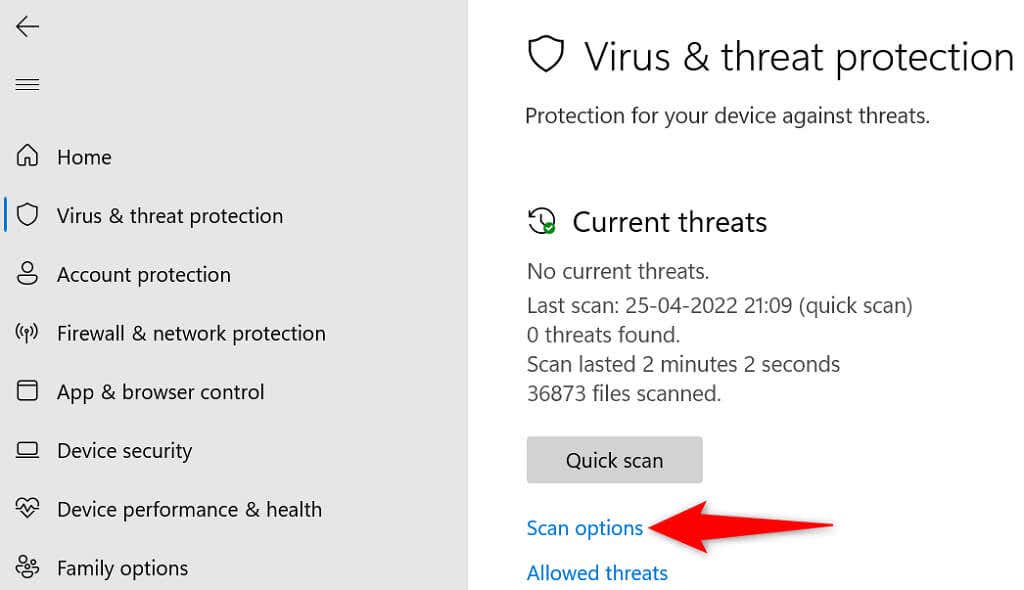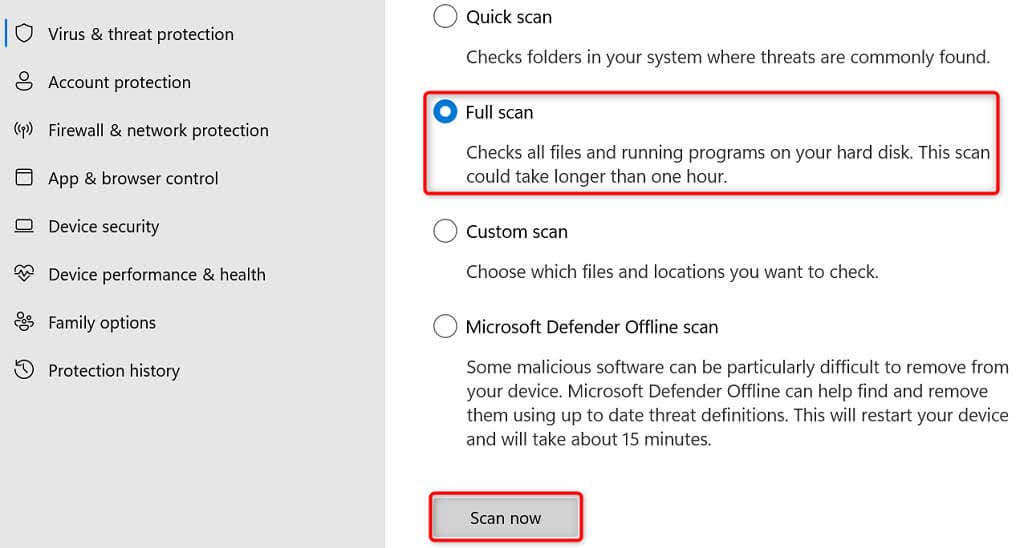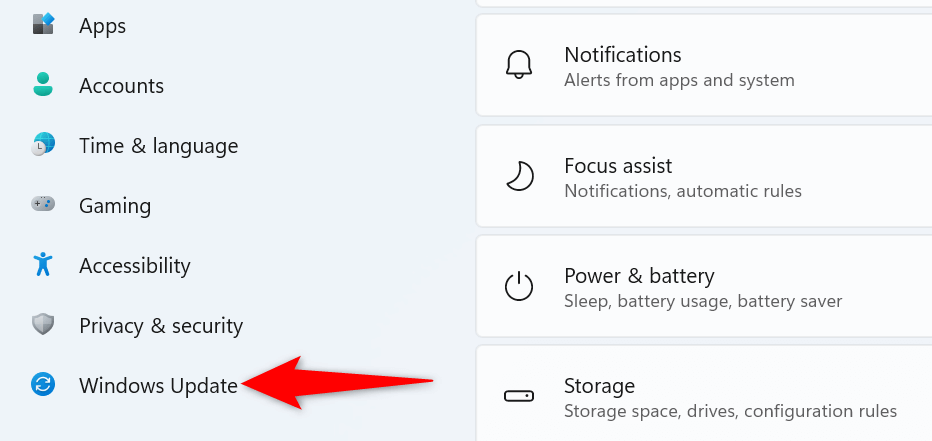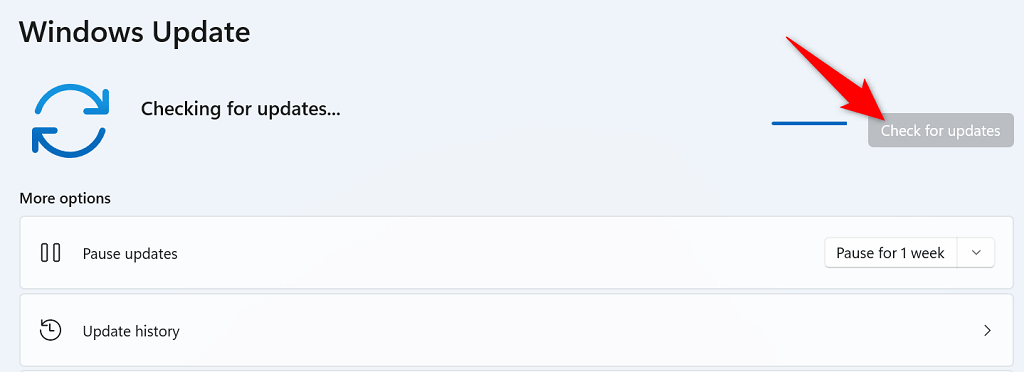Other causes for the issue include the hybrid mode interfering with sleep mode, a screensaver keeping your PC on, and a connected device like a mouse waking up your PC. We’ll see how to fix these issues in this guide.
Make Sure Sleep Mode Is Enabled
When your Windows 11 PC fails to enter sleep mode, check and ensure sleep mode is turned on. You or someone else may have turned it off. You can use the Settings app to review your PC’s sleep settings.
Restore Your Power Plan’s Default Settings
Windows 11 allows you to create and change settings for various power plans. An incorrectly specified option in these plans may cause your PC not to enter sleep mode. One way to get around this problem is to restore your power plan’s settings to the default. Doing so erases your customized options and brings those options back to the factory values. You can customize your plans after you’ve reset them.
Turn Off Hybrid Mode on Your Windows 11 PC
Windows 11’s hybrid mode brings hibernation and sleep mode together to help you save energy. When you experience problems putting your PC into sleep mode, it’s worth turning off this sleep combination feature to see if your issue gets resolved. Later, you can activate hybrid mode if you want.
Disable Screen Saver on Your PC
Like the previous versions, Windows 11 includes various screen savers. It’s worth disabling these screensaver when you face difficulties putting your computer into sleep mode. You can reactivate your screen savers at any time you want.
Use Windows 11’s Power Troubleshooter
Windows 11 offers multiple troubleshooters to help find and fix issues on your PC. When sleep mode doesn’t work, use the system’s Power troubleshooter to detect and resolve your problems. This troubleshooter runs on its own for the most part, so you don’t have to be tech-savvy to use the tool.
Disallow Devices to Wake Up Your Windows 11 System
One reason Windows 11 fails to remain in sleep mode is that one of your connected devices is waking the system up from sleep. These devices are usually your keyboards, mice, and trackpads. You can check if this is the case by revoking the ability to wake your PC from sleep from these devices. You can do this using Device Manager on your PC.
Check Your Windows 11 PC for Viruses and Malware
If your Windows 11 PC still doesn’t go to sleep at the specified time, your computer might have a virus or malware. It’s unlikely, but still worth checking. These threats often cause various random issues on your PC, including making particular system features dysfunctional. Luckily, you can use Windows 11’s built-in antivirus tool to find and remove viruses and malware from your computer.
Update Your Windows 11 PC
It’s also possible your system’s core files have a problem, causing your PC’s sleep mode not to work. You can fix issues like this by updating your PC to the latest version, as the newest version often offers fixes for various existing bugs and issues. You can update your Windows 11 computer for free and with ease, as follows: If you ever experience problems making your PC enter sleep mode, use the effective methods outlined above to resolve your sleep mode issues. Once you’ve done that, your PC will enter sleep mode right at the specified time.



